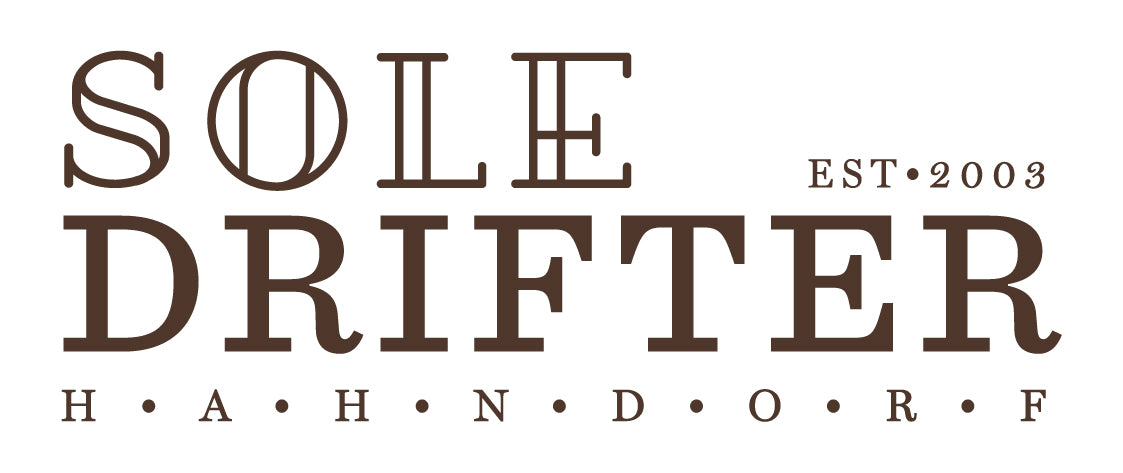Some key care tips/instructions to ensure proper fitting and to prolong the life of your Birkenstocks can be found on our blog post here.
1. You will find that the main instructions are to not immerse your Birkenstocks in water and to avoid extreme heat. Water can damage the cork and dissolve the glue/sealant. If your Birkenstocks happen to get wet, dry them slowly and away from direct heat. Never dry them directly in front of a heater.
2. Do not leave your Birkenstocks in direct sunlight or in the car on warm days. It is very common to see Birkenstocks lying in the hot sun, especially at the beach in Australia. This is something that you should avoid doing.
3. If the straps are Birko-Flor, wipe with a damp cloth to clean. If the straps are leather, use a leather nourisher and allow to soak in.
4. Lastly, ensure that when fitting, you have 5mm of space at the front of your toes and 5mm behind your heels. You should not see your toes touching the front. If your toes are hitting the ends or you are resting back onto the heel cup, they are too small and you may end up compressing the cork, making them deteriorate quicker. Your feet should be comfortably sitting in the shape of the footbed and not resting on any edges.
-
-
-
- Birkenstock Classic
- Birkenstock Shoes
- Birkenstock Adventure
- Birkenstock Professional
- Birkenstock Kids
- Birkenstock Socks
- Birkenstock Papillio
- Arcopedico
- Asportuguesas
- Collonil
- Eject
- El Naturalista
- Emu Australia
- EOS
- Fly London
- Josef Seibel
- Keen
- Klouds
- LOWA
- Meindl
- Mongrel Socks
- Naot
- NS-8 Natural Footcare
- Rieker
- Remonte
- Salt Water Sandals
- Silver Lining
- Sioux
- Softinos
- Ugg Australia
- Westland
- Wolky
Brands
-
-
- Login
- 0

